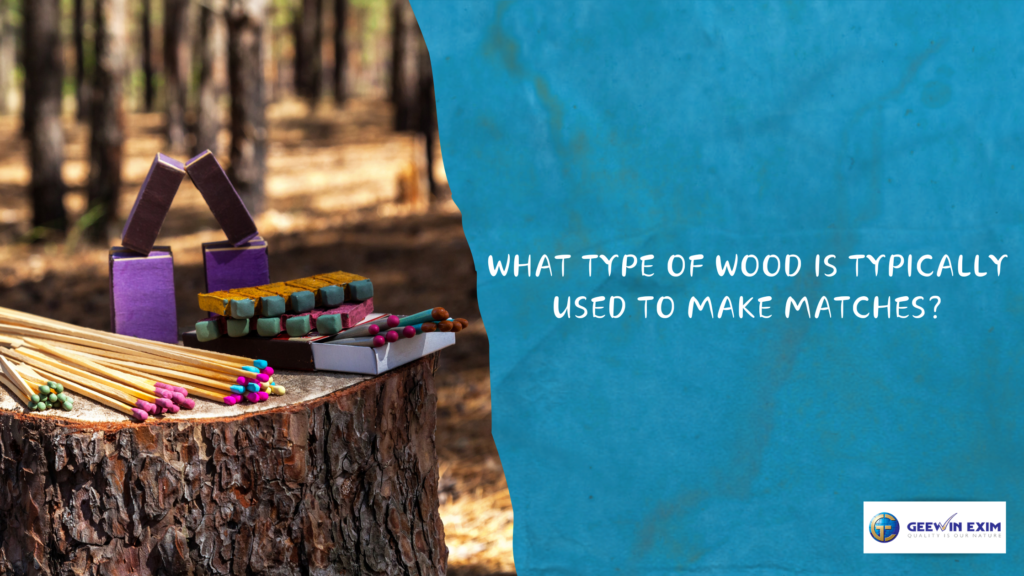Everyone knows what safety matches do, but do you all know how matches are made? What makes them flammable? What keeps them still?
From the start, the handle of a matchstick was purely made from poplar, pine, or aspen wood. These two kinds of wood are chosen because of their soft tone color and the long-lasting splinting quality.
The breakability factor: The wood quality speaks louder because of its flexible quality. Both these woods can be easily trimmed to make them thinner into sticks.
But nowadays, no specific type of wood is considered to turn them into matchsticks. However, they can still be processed with any wood by soaking in flame-retardant material to keep it alive from catching fire. Many Match box manufacturers prefer using ammonium phosphate as a soaking agent.
If these questions run through your mind, read further. Here are the highlights of what wood makes them stand still.
Poplar Wood
One of the fastest growing trees in all of Europe, where they can be harvested after 10 – 20 years. They capture carbons during their growth cycle to quickly help face climate changes. Poplar wood can be sustainably managed in plantations and forests suitable for less sustainable material.
It is considered one of the easy-to-work types of wood that can be effortlessly polished and painted, making it an excellent choice for manufacturing other than safety matches, such as furniture and interior design.
There is an increased need for this wood in industries like boats, trains and different types where they can be used to make interior design and furnishing.
Poplar wood makes matches precisely because of its odourless, tasteless and colorless quality. Most of the confusion arises among poplar wood as it is a hardwood; regards its properties are that it has a smooth feel, is lightly weighted, is straight-grained, and has a good texture. These characteristics of poplar wood are impressively strong and offer many advantages.
White Pine Or Aspen Wood
Aspen and pine are some of the most common wood types that go very well in making several products. However, both of them will slightly differ from each other. Aspen and pine have various factors that cannot match each other. Moreover, they provide one of the most challenging ranges of a matchstick that sorts it out with each other.
This long-lived, rapid-growing tree is known for its extended flexibility. In addition, white Pine is low-maintenance, making it suitable for making matchsticks.
The Details Of Pine & Poplar Wood
Details: Pine
Pine falls under softwood, but there are wide pine varieties, each of which varies in strength and density. Soft pines are challenging to differentiate from each other. The three most common types are Sugar Pine, Western White Pine, and Eastern White Pine.
It is efficient to work with both power tools and by hand. The finishing and gluing process will set perfectly, so it has also been used for decorative purposes. Swelling or splitting into two will not happen because of its resistance and durability. But do you know that Hard pine is more attractive than soft pine?
Details: Poplar
The soft and easy-to-work Poplar wood falls under hardwood. The density of Poplar wood is lesser than any hardwood. So, woodworking tools must be effectively sharp to avoid tearing apart and need to drill slower than others.
Poplar wood is much more robust and has a higher bending and compressive strength than soft pine.
Closure Thoughts
The differences between these woods are simple and effective. Each one of them produces slightly different results from the other.
But other than these 2 or 3 kinds of wood, no other can compete in the competition. They are the only flexible, working, and other factors suitable for making matchsticks.
The invention of the matches brings out the challenging process into the simple swiping process.
Always swipe right or left!









